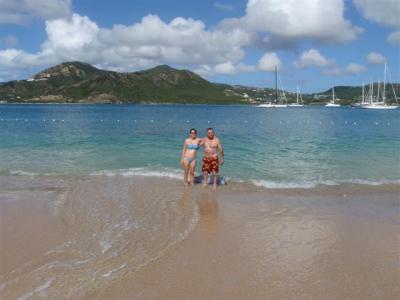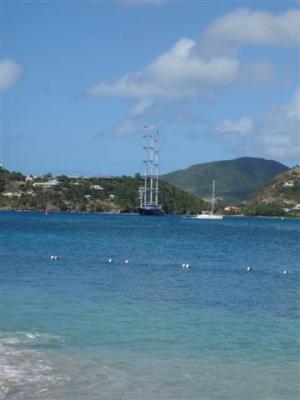Bonaire is located 60 miles north of Venezuela. It is a total of 285 sq kilometers big and has a population of 14,500. There is evidence that humans inhabited Bonaire as far back as 3,000 years ago, living on fish, shellfish, crabs, birds and iguanas. Some sources say the original inhabitants were Arawaks, others say it was a different people group and that the Arawaks arrived in Bonaire about 1000 – 1500 years ago, when farming began. The Arawaks cultivated maize, manioc, squash and beans.
The Spanish laid claim to the island in 1499. The Spanish enslaved the Arawaks. In 1515, the Spaniards decided Continue reading


